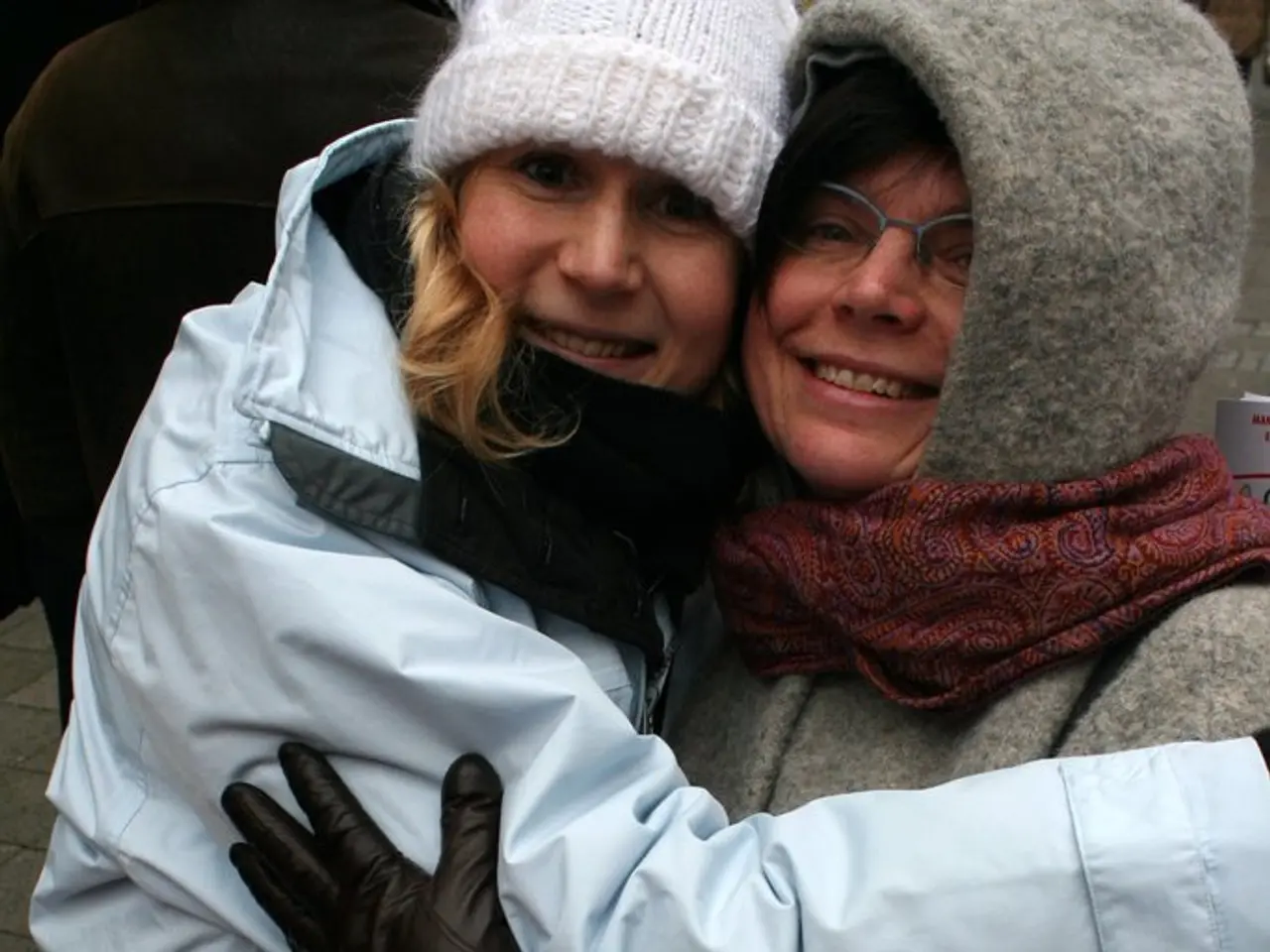Intersectional Feminism Defined: A feminist approach acknowledging and emphasizing the differences and inequalities among women as a way to combat all forms of discrimination.
In the realm of feminism, the concept of intersectionality has emerged as a crucial and transformative force. This approach, first coined by Kimberlé Crenshaw in 1989, aims to shed light on how multiple forms of discrimination, such as racism, classism, and sexism, overlap and intersect, particularly in the experiences of marginalised groups, especially Black women.
Crenshaw's work has been instrumental in integrating intersectionality into feminist theory and practice. She emphasised the need to address overlapping systems of oppression rather than treating forms of discrimination separately. Other feminist activists and scholars have since expanded upon this concept, linking gender discrimination with racism, ableism, and queerphobia, thereby broadening feminist activism to be more inclusive and effective.
Early feminist movements, however, were often criticised for their focus on the issues and experiences of white women, with the intersecting factors that make up different groups of women rarely considered. This is where intersectional feminism steps in, recognising that women with different ethnicities, religions, sexualities, social classes, abilities, and ages cannot be assumed to all experience sexism similarly.
One of the early advocates of this approach was Sojourner Truth, an abolitionist who, in 1851, gave a speech at a women's rights convention, highlighting the differences in the oppression faced by white and black women. In the 1970s, a group of black feminists formed the Combahee River Collective, recognising the double oppression of sexism and racism that black women face.
Marxist feminism, too, can be considered intersectional, as it considers how women experience two forms of oppression: first, by being a woman, and second, by their social class. Notable intersectional feminists like Angela Davis incorporated this perspective into their works, such as Davis' book 'Women, Race, & Class'. Patricia Hill Collins has also argued that race, class, and gender comprise interlocking systems of oppression, or what she termed a 'matrix of domination.'
However, it's important to note that while intersectional feminism tries to avoid putting women into singular identity boxes, it still tends to put people into categories. This is because, at its core, intersectional feminism understands that women cannot be reduced to single categories; their lives are multi-dimensional and complex.
Moreover, the level of oppression or privilege someone experiences due to their social structures depends on the situation and context. For instance, a lesbian woman who is white may be privileged for being white but faces oppression for being a woman and not heterosexual. Similarly, a woman of a high social class may be privileged for being wealthy, but she may have a disability that disadvantages her.
In essence, intersectional feminism provides a stronger understanding of how oppression uniquely affects women, insisting that one cannot understand how women are disadvantaged through one form of oppression unless their other intersecting factors are also considered. This approach not only broadens the scope of feminist issues but also acknowledges that social structures that disadvantage certain groups will also privilege others.




